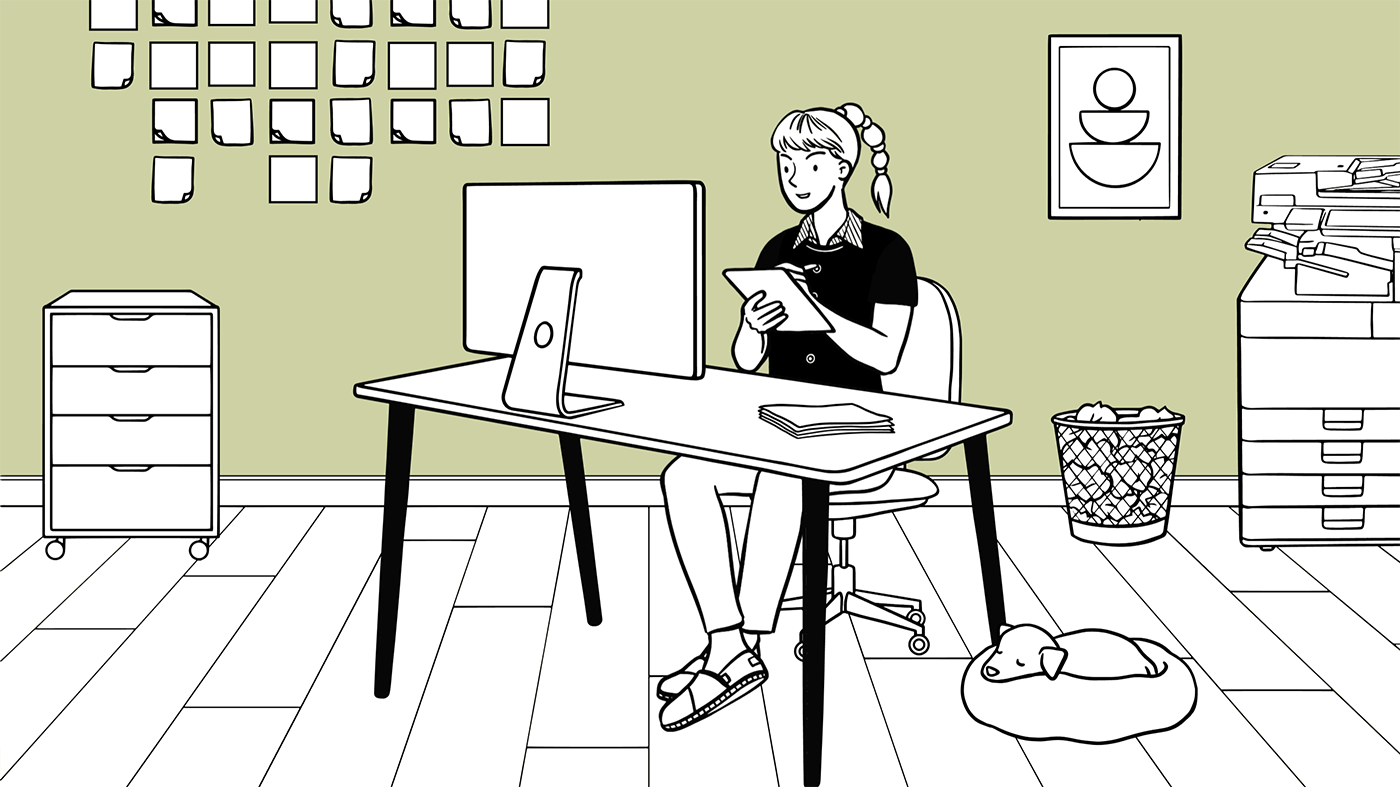
In a world advocating for AI, we advocate for humans
AI should enhance creativity, not replace it. StoryTribe empowers humans to create more, keeping art and storytelling in our hands.
Yunmie & Joe
StoryTribe Team
StoryTribe empowers users to visually communicate their ideas through simple, lo-fi storyboarding. Its versatility, however, goes beyond traditional storyboarding, challenging conventional definitions of the term.

StoryTribe enables people to share their ideas in a clear and engaging format, on a canvas. Its lo-fi nature, with simple black-and-white line drawings, makes it easy to focus on the core idea and storytelling, without needing to worry about the visual details.
When I think about it, the closest word that describes this is "storyboarding," which is why I refer to StoryTribe as a storyboarding tool. But even so, I often wonder if that’s truly the best way to describe it.
First of all, "storyboard" isn’t a term many people are familiar with, and because of its strong association with the film industry, people tend to assume StoryTribe is just for making films or commercials. In reality, the term is probably underused (or defined too narrowly), as I believe many people engage in storyboarding without even realising that’s what they’re doing.
I have considered focusing on the tool's core purpose, and introducing it as a "visual communication" tool. But this term, on the other hand, felt almost overused, and the concept is too broad.
Here is the latest definition of visual communication from Wikipedia:
Visual communication is the use of visual elements convey ideas and information which include (but are not limited to) signs, typography, drawing, graphic design, illustration, industrial design, advertising, animation, and electronic resources.
Personally, when I hear "visual communication," I think of high-fidelity visuals like posters, advertisements, or fashion — bold, loud, and vividly striking visuals. This is the opposite of what StoryTribe is about, so "visual communication" didn't really work for us either.
One of the other options I considered was calling it a "lo-fi drawing" tool to capture the low-fidelity nature of StoryTribe and emphasise that it’s a communication tool rather than a design tool. However, several people pointed out that the term "drawing" made it sound like a physical product. It also lacked a positive, professional tone and didn’t fully communicate the value of StoryTribe as a digital storytelling tool, so that idea didn’t stick either.
I’ve found it really challenging to sum this up in a short phrase (believe me, I’ve been trying for two years) — there’s no single term that fully captures it. The closest I’ve found is still "storyboarding."
Many startup experts say you should be able to explain your business in simple terms - but some words simply do not exist. As a bilingual person, I know this well. Some Korean words/concepts don’t exist in English, and vice versa.
Despite the complexity in explaining it, as the founder, I know StoryTribe has something special. In just six months, more than 100k users have signed up after just seeing it for a few seconds on social media. Some concepts are difficult to describe in words, but people know when they see it.
So for now, I might have to stick with "storyboarding" unless something better comes along — or maybe StoryTribe will help redefine the term "storyboarding." 🤷♀️
If you think of a better term, reach out to me on LinkedIn.

AI should enhance creativity, not replace it. StoryTribe empowers humans to create more, keeping art and storytelling in our hands.
Yunmie & Joe
StoryTribe Team

In a world where attention spans are shrinking and visuals dominate our screens, the right technique for visual communication has become more crucial. Here’s why StoryTribe aims to redefine how we share and understand ideas.
Yunmie Kim
Multimedia Specialist

In this blog, I'll talk about some common problems people experience when using AI to generate visual content, and how a different approach could solve these problems.
Yunmie Kim
Multimedia Specialist